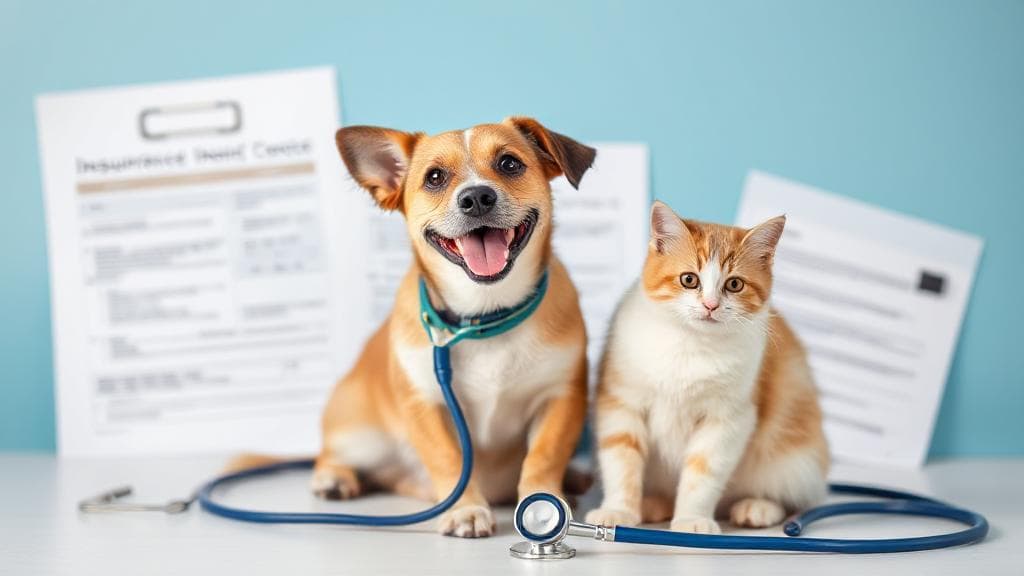What is Pet Insurance?
Pet insurance is a policy purchased by pet owners to help mitigate veterinary care costs. It functions similarly to human health insurance, covering various medical expenses from accidents, illnesses, and sometimes routine care.
Types of Coverage
-
Accident-Only Coverage
- Injuries from accidents
- Emergency care
- Related diagnostic tests
- Surgical procedures
-
Accident and Illness Coverage
- Most common type
- Covers both accidents and illnesses
- Includes chronic conditions like diabetes or cancer
-
Comprehensive Coverage
- Also known as wellness plans
- Covers routine care, vaccinations, and dental cleanings
- Includes accidents and illnesses
- Behavioral issues
- Prescription medications
How Pet Insurance Functions
Enrollment and Premiums
To begin, you must enroll your pet in a plan by selecting a policy that suits your needs and budget. The premium can be paid monthly or annually.
Key Insurance Components
Deductibles
- Amount paid out-of-pocket before coverage begins
- Can be annual or per incident
- Usually range from $100 to $1,000
- Lower deductibles mean higher monthly premiums
Reimbursement Levels
Most providers offer reimbursement between 70% and 90% of covered expenses. For example, with an 80% reimbursement level, you would receive $800 back on a $1,000 covered veterinary bill.
Coverage Limits
Policies may have:
- Annual limits
- Lifetime limits
- Per-condition limits
- No limits (unlimited coverage)
What's Usually Not Covered
"It's essential to understand what your pet insurance policy excludes to avoid surprises when filing claims." - American Veterinary Medical Association
Common exclusions include:
- Pre-existing conditions
- Routine wellness care (unless added as a rider)
- Cosmetic procedures
- Breeding costs
- Experimental treatments
Factors Affecting Premium Costs
Pet-Related Factors
- Species and breed
- Age
- Health history
- Location
Policy-Related Factors
- Deductible amount
- Reimbursement percentage
- Coverage limits
- Optional add-ons
Making Claims
The typical claims process involves:
- Visit the veterinarian
- Pay the bill upfront
- Submit claim form and documentation
- Receive reimbursement (usually within 5-14 days)
Required Documentation
- Detailed invoice
- Medical records
- Claim form
- Proof of payment
Cost-Benefit Analysis
| Factor | Consideration |
|---|---|
| Pet's age | Younger pets generally have lower premiums |
| Breed health risks | Some breeds are prone to expensive conditions |
| Financial situation | Can you handle unexpected vet bills? |
| Risk tolerance | How much financial uncertainty can you accept? |
Benefits of Pet Insurance
- Financial Protection: Helps manage unexpected veterinary expenses
- Peace of Mind: Ensures you can provide necessary care without financial stress
- Access to Better Care: Allows you to opt for advanced treatments and procedures
Alternative Options
If traditional pet insurance isn't right for you, consider:
- Pet savings account
- Veterinary discount plans
- Care credit
- Crowdfunding platforms
For more information about pet insurance options, visit the North American Pet Health Insurance Association website or consult with your veterinarian about recommended providers in your area.
Disclaimer: This article is for informational purposes only and does not constitute financial advice. Always consult with a professional before making insurance decisions.
